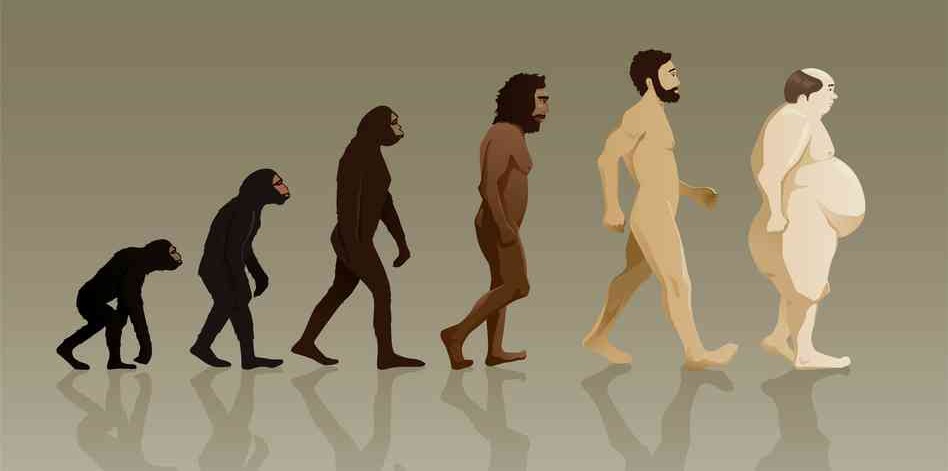We will also be exploring the overlap of both biological and cultural evolution. This can be largely explained via the theory of child language acquisition.
Child Language Acquisition
One of the most distinct examples of language evolution is a child’s acquisition of language. Humans are able to acquire the ability to perceive, comprehend and communicate with words and sentences at a very young age. This seemingly innate ability is often argued as a biological evolution of the human language. A common basis that this argument made use of is Chomsky’s theory of Universal Grammar. It is a theory that accounts for how arbitrary properties and the complexity of language can be comprehended and reproduced to convey different infinite sets of meaning by a human child during language acquisition period. A child being able to use features of grammar that is not evident in his or her own first language shows that those features are encoded in the acquisition device. Hence, revealing that there must be a certain degree of structure in the language-specific capacity that has evolved that shapes nature of learning a language easily at a relatively young age. (Kirby & Smith, 2008)
However, some arguments question why the structure of language capacity in the brain is then structured that way and presented views of language adaptation through cultural transmissions. Language is acquired socially and through observations of linguistic behaviours of others (Kirby & Smith, 2008). Kirby and Smith also introduced the idea of iterated learning that further exhibit cultural transmission of language through imitation and learning from others. This accounts for biases from cultural experience (eg. The people they interact with) cause changes in a language during the acquisition period. Thus, explaining to a certain degree of how different language developed over the years.
Some researchers further classify the phenomenon of child language acquisition as both a cultural and biological evolution, linking it to the idea of natural selection where a characteristic that increases fitness would lead to individuals needing less exposure to develop it as it becomes biologically encoded ( Christiansen et al, 2011). Brighton, Kirby and Smith (2005) proposed a similar concept with regards to language changed called cultural selection. It suggests that language changes and adapt to increase the ease of learnability. Language first evolved for its functional advantage of communication. A child is then born with the ability to learn a language and comprehend sets of linguistic universals. Next, an individual acquire the language through cultural transmissions and interactions in the society which have also undergo changes. These acquired linguistic forms are then passed to the next generation and will only survive through constant application and its functionality. For example, learning vocabularies in language increases communicative abilities as such establishing the capability to map forms and meaning would gradually be innate as biological adaptation takes place. This illustrates cultural selection occurring through the biological adaptation of certain relevant forms to make it easier to learn and use a language(Christiansen et al, 2011).
Even though there are different perspectives of language acquisition in the evolution of language, it is evident that both cultural and biological changes played roles in language evolution.
